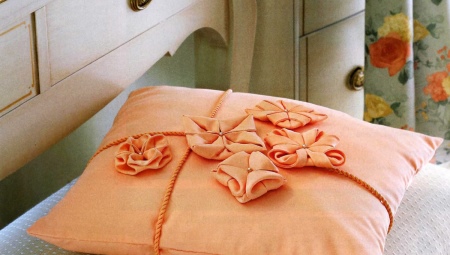In the Middle Ages, pillowcases were used purely for practical purposes - with them, sleep was more comfortable. Today, the tasks of pillowcases and pillow covers have expanded, and their decorative component has become dominant.
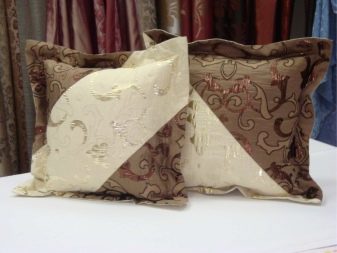
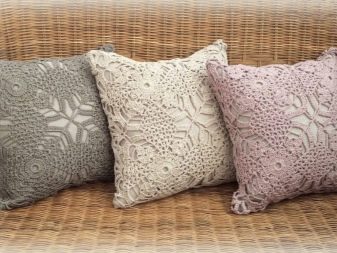
Features & Functions
Cushions are a special category of goods that are designed to create home comfort. If you decide to choose pillows for a sofa, be prepared that the choice of covers for them will be even more careful. Thanks to pillowcases on decorative pillows, you can change the mood of the space, resort to festive and seasonal decor.
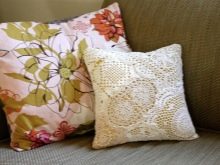
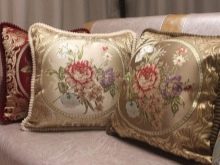
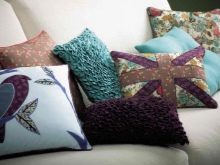
Tasks pillowcases for sofa cushions.
- To “make friends” separate interior objects. It so happens that accessories unite the space, draw a solid image of the room. For example, sofa cushions (or rather pillowcases to them) can be combined with curtains. Sometimes pillowcases are selected for wallpaper.
- Designate the style of the interior. This is especially evident in the styles of Provence, Shabby Chic, etc.
- Set bright accents. In a monochrome interior, it is the covers that can become the only bright element that balances the space.
The most attractive feature of pillowcases is that they are replaceable. Seasonal decor is very simple to organize by changing covers.
The colors of autumn leaves - in September and until the end of autumn, with snowflakes - in the winter, delicate shades of awakening - in the spring, richly floral - in the summer; all this changes the appearance of the room.
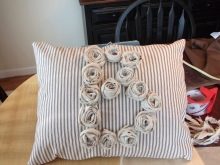
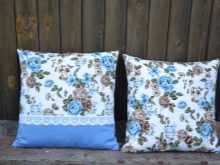
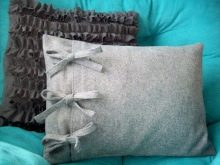
Types of Clasps
Pillowcases not only decorate the space. Sometimes they entail a lot of trouble: wash, fasten, find a suitable option. Practicality in choosing pillowcases is also needed, because in the search for the best model, focus on the type of fasteners. Maybe you will only look for a euro cover or look at other options.
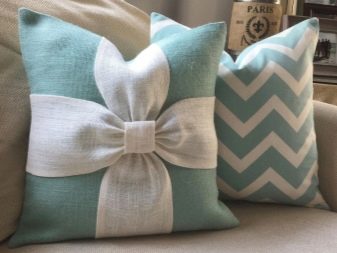
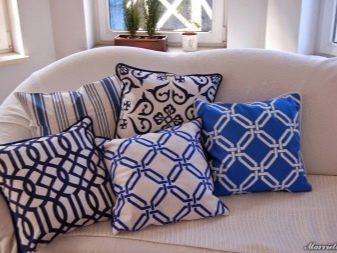
Odor valve
Such a part helps to maintain the cover in a fixed form. This is the easiest way to fill the pillow in the pillowcase. Even a child can handle it. If you decide to sew a beautiful pillowcase yourself, novice seamstresses can focus on the valve with a smell - it’s easier to sew it.
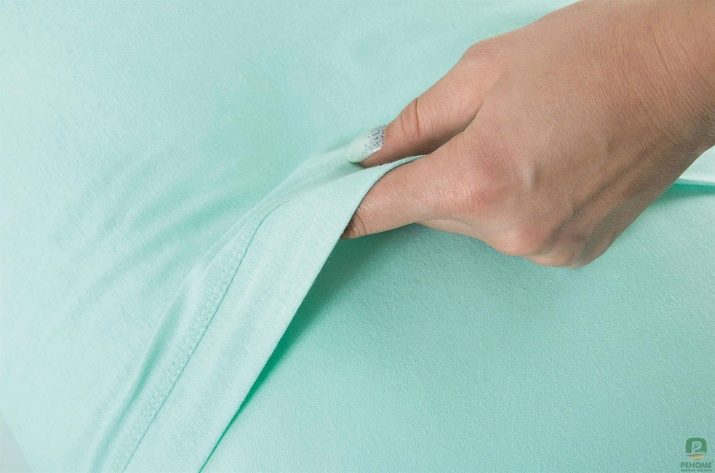
On the buttons
A button is not only a functional element of such a cover, but also a decorative one. You can always interestingly beat such a clasp. A stylish detail can be selected in combination with other elements of the interior, for example, buttons on the pillowcase will overlap with the fastener on the curtains.

Hidden lightning
And this is the most practical fastener option. He keeps the pillow in shape with maximum quality and is almost invisible. No one is distracted by her, just does not notice.
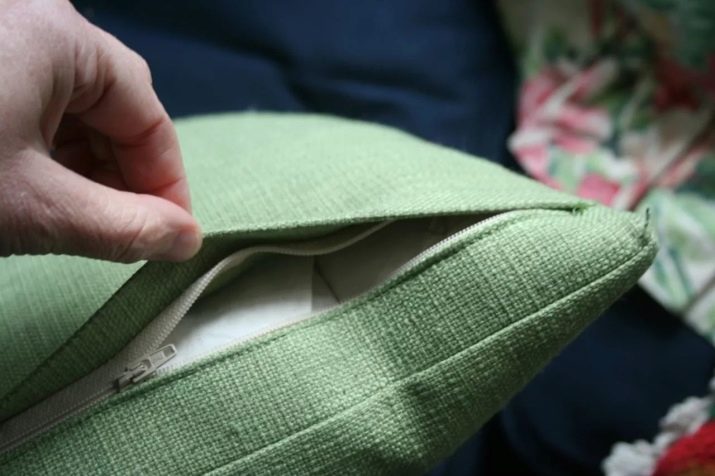
Ties
This option, in contrast, loses in practicality. The ties are more decorative - the edges of the pillow can peek through the gaps of the pillowcase. On the other hand, if the pillow itself is strong, and the cover is dense, it may not need a stronger clasp.


Materials
The most popular fabrics used to make pillowcases.
- Linen. Linen pillowcases with a matte sheen are absolutely environmentally friendly, pleasant to the touch, durable and wear-resistant. Flax perfectly stores odors, so you can drop a couple drops of your favorite essential oil on each case. So relaxing on the couch will also be a small aromatherapy session.
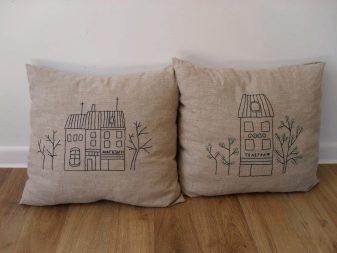
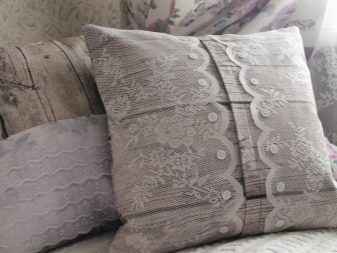
- Satin The material is distinguished by silk shine, softness. One of the most common options.
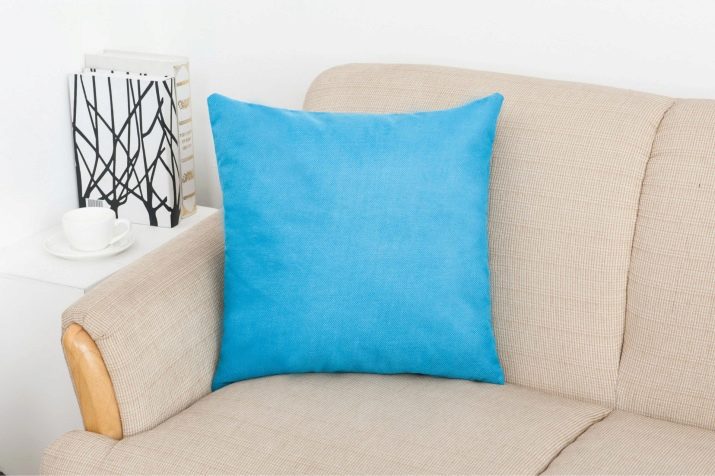
- Gunny. Such a fabric seems a little rough on the surface, but the pairwise weaving of fibers in it creates an attractive texture.
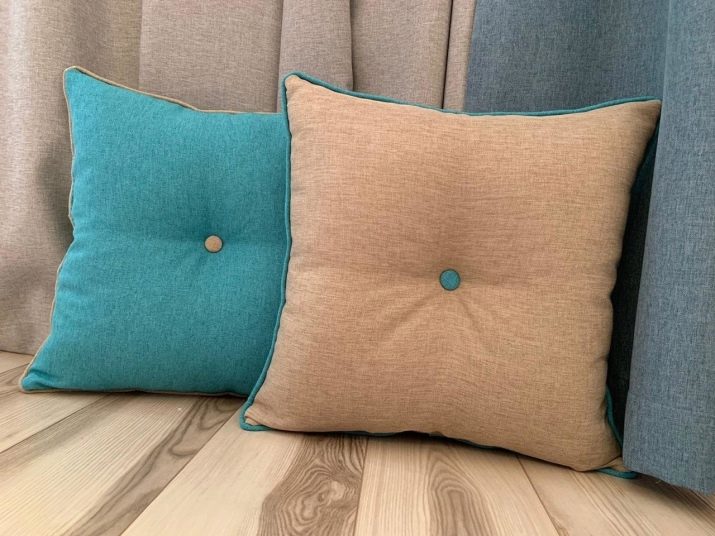
- Tapestry. Lint-free fabric is formed as a result of complex weaving of threads. Yes, the material partly resembles a carpet, but it is still softer, therefore it is quite suitable for its tasks.

- Brocade. This is an expensive version of the "clothes" for sofa cushions. Brocade is a silk warp, which, in interweaving with metal threads, creates beautiful patterns.
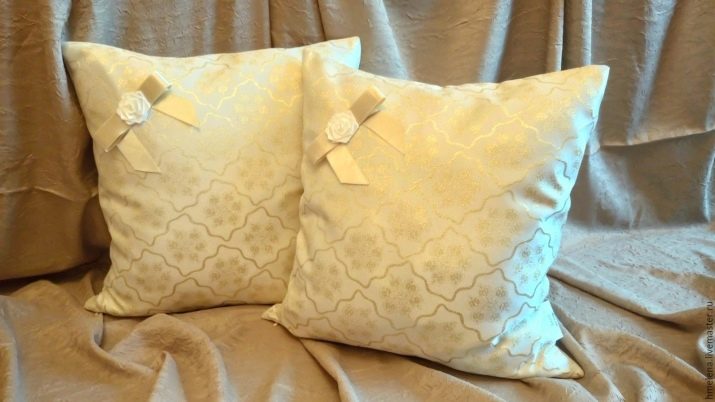
- Silk. In combination with elegant embroidery, this material is especially good. Radiance gives it some solemnity. It requires a combination with something else in the interior, perhaps with curtains or a tablecloth.
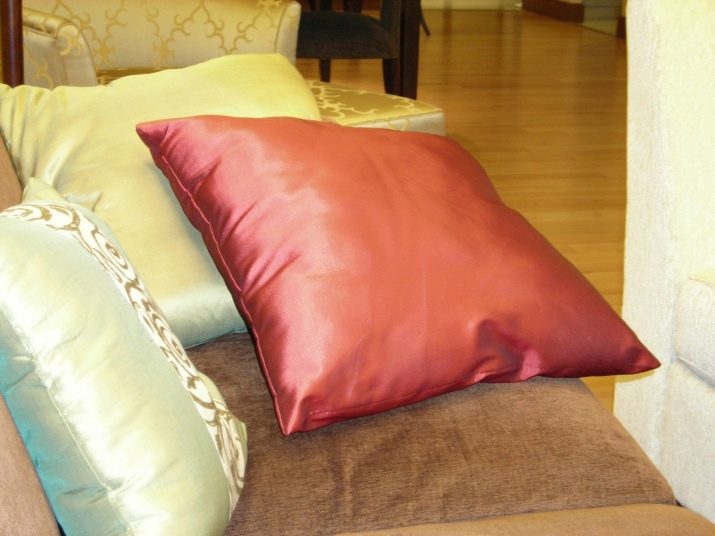
- Velours. An affordable option with good aesthetic characteristics.
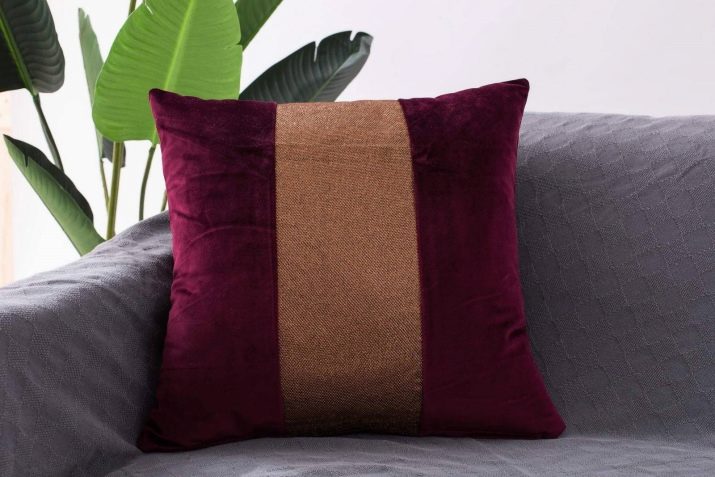
If you want homemade covers, can be knitted or crocheted - it turns out very comfortable knitted pillowcases. And you can buy the cheapest chintz, sew several removable covers, crocheting them along the contour.
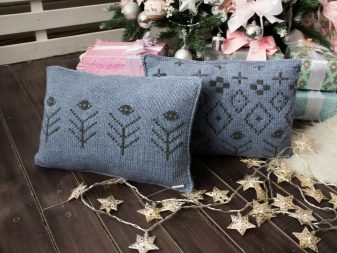
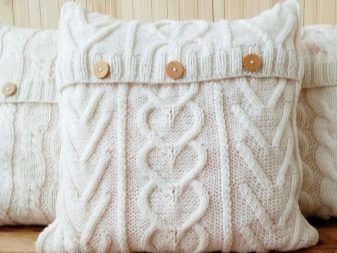
Dimensions
The smallest pillowcase size (of all the standard ones) is 40 by 40 cm. There can be 2 to 6 such pillows on a sofa or even more.
Other sizes:
- 45x45;
- 40x60;
- 50x50;
- 50x70;
- 60x60;
- 70x70 cm.
Other sizes cannot be considered standard. There are not many covers for large decorative pillows on sale, because they are more often sewn to order.
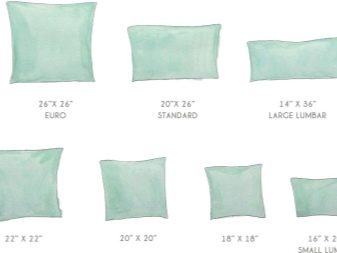
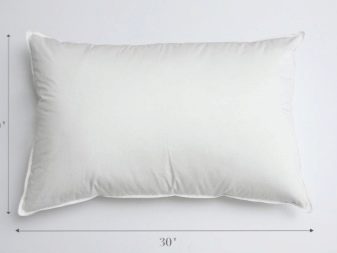
Design options
Beautiful decorative pillows more often selected according to the style that defines the interior.
- Classic style. It requires conciseness, rich decoration and the use of strictly natural materials. Pillowcases are characterized by strict forms and muted shades. A vivid example of such a cover is a square pillowcase made of tapestry fabric trimmed with a twisted cord (black, white or gold).
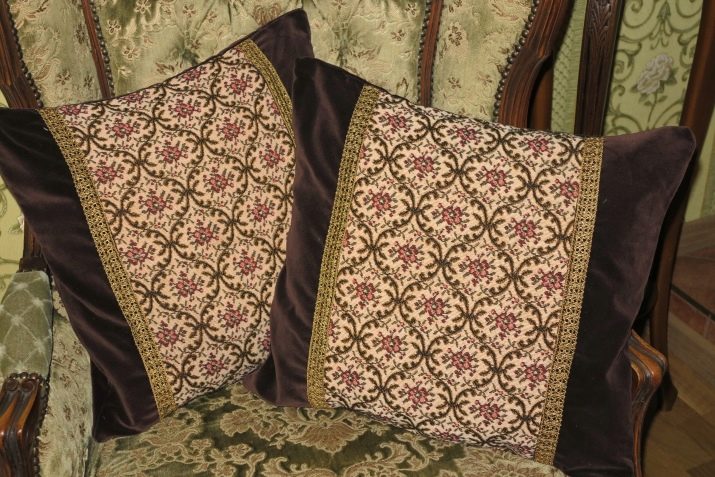
- Provence. It requires a large number of decorative pillows that have either a floral print or any other pattern in the aesthetics of Provence. Ruffles, of course, will go in addition to such covers.
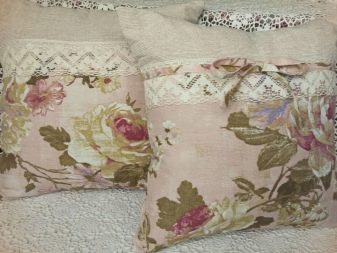

- East style. Taffeta, velvet, silk, wool - the fabrics used to design pillows in this style are very rich, expensive. There is little modesty in oriental style; it is a very cheerful design, which is associated with luxury, splendor, color richness.
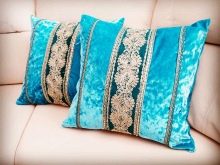
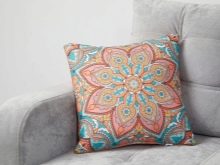
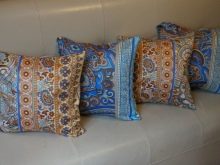
And yet, most apartments today are a cross between Scandinavian style and minimalism. Bright interiors, affordable furniture, a cozy and not very bright decor require in choosing accessories such as pillowcases, at the same time restraint, and some zest. The print can be simple, but original, catchy look.
If you want a creative approach, organize several sets of interior accessories. For example, you have a living room combined with a kitchen. In this case, removable covers should be sewn onto the kitchen chairs, which will be from the same material as the pillowcases for the sofa cushions.
Covers may not be permanent, but used on occasion, for example, for New Year's decor in the house, used during feasts and receptions, etc.
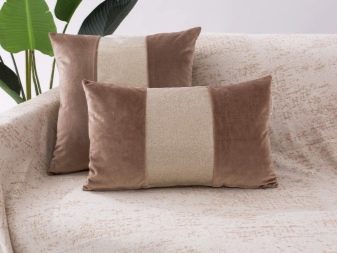
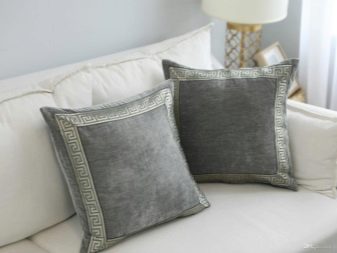
How to wash?
Remove the covers and wash in a convenient mode in the washing machine - it seems that nothing could be easier than that. But pillowcases for sofa cushions more often than ordinary pillowcases accumulate dirt and are exposed to severe pollution. Some stains on them are difficult to wash, but there is a way out.

How to cope with complex contamination of sofa cushion covers:
- coffee and tea stains go well if treated with a mixture of ammonia, water and glycerin;
- a fresh stain from red wine spilled on a pillowcase is easy to wash under a strong stream of hot water, if you spilled champagne or white wine on a case, a solution of a teaspoon of soda and liquid soap diluted in a glass of water will help;
- fruit juice from the fabric will remove a mixture of hydrogen peroxide and water in a ratio of 1 to 12;
- if the case was stained with foundation or mascara, it will be difficult to cope without acetone, lipstick is removed with the help of a pharmacy borax;
- chocolate stains go well if the fabric is soaked in a solution where 1 teaspoon of salt is taken per 1 liter of water.
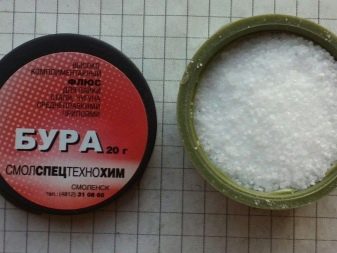
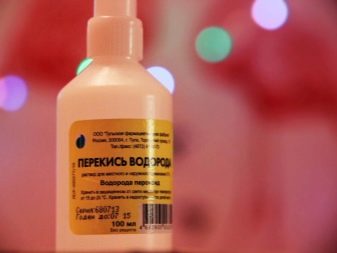
In all other cases, when there are no spots on the pillow, wash pillowcases in the mode that involves washing a particular fabric. The frequency of washing depends on the personal requirements of the owners - if the fabric is thin, you can do it once a month.
A master class on the production of decorative pillowcases is presented below.
